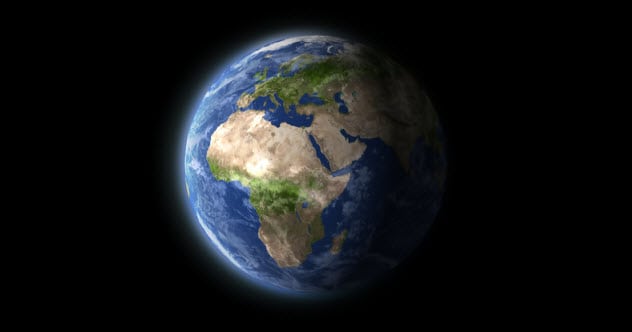Now Reading: 10 Remarkable Changes Shaping Earth’s Evolution
-
01
10 Remarkable Changes Shaping Earth’s Evolution
10 Remarkable Changes Shaping Earth’s Evolution

Fast Summary:
- Earth’s magnetic field is weakening, with key regions like the South atlantic Anomaly losing strength substantially over recent decades.
- The polar vortex stretching has led to increased extreme cold weather in North America, linked to shifts in stratospheric winds and La Niña cycles.
- Atlantic Meridional Overturning Circulation (AMOC) currents have slowed by 15% since 1950, raising concerns about tipping points affecting global climate regulation.
- industrial activity has shifted Earth’s poles slightly due to water storage and dam building over two centuries. The North Pole has drifted roughly 3.7 feet.
- A new ocean could form under Ethiopia’s Afar region as tectonic plates pull apart, though it will take millions of years.
- Industrial waste such as slag is morphing into rock formations at a rapid pace, embedding human artifacts within them in record time compared to natural processes.
- Earth’s energy imbalance (more heat trapped than emitted) doubled between 2003 and 2023 as per NASA satellite data; monitoring satellites may face operational issues soon.
- South Africa is rising out of the ocean by around six millimeters yearly; mantle flow or drought-induced loss of water mass might be causing this uplift.
- Gold and rare metals such as ruthenium from the planet’s core are leaking into volcanic rocks via mantle convection but remain mostly inaccessible for extraction so far.
- Earth’s rotation speed is increasing marginally, shortening summer days by milliseconds-a phenomenon impacting precision systems like GPS.
Indian Opinion Analysis:
India must assess these evolving global patterns carefully since they show how interconnected planetary science impacts climate stability and human progress goals. Weakening magnetic fields increase vulnerability to solar radiation impacts on satellites-a crucial infrastructure for India’s technology-driven services sector. As colder winters linked to polar vortex shifts exacerbate disruptions globally, india’s agricultural seasons could face unpredictable stressors.
The slowdown of Atlantic currents highlights cascading risks for monsoon patterns central to India’s food security. Additionally, findings on energy imbalance demand vigilance-intensified heat trapping can have acute localized effects on industrial zones prone to overheating challenges.
Rapid formation of anthropogenic rocks symbolizes humanity’s imprint on Earth’s geologic timeline-a reminder that environmental stewardship policies hold long-term consequences even for resource-heavy growth models like India’s urban expansion strategy. Equally critical are insights from Earth acceleration dynamics-the need for accurate GPS timing use becomes essential across defense communication systems or real-time trading platforms integral to economic stability.
Beneath these scientific revelations lies an ongoing call-to-action: whether studying shifting pole movements or mantle leaked resources-IISc Bengaluru & indian scientists stand poised not only with opportunities but shared global accountability toward balancing Earth system behaviors amidst modern developmental pressures.Read More























